
General Guide About Content and Writing
Do you want to know if it’s worth your time...

General Guide About Content and Writing
Want to compare Copysmith vs Jasper, but are unsure of...
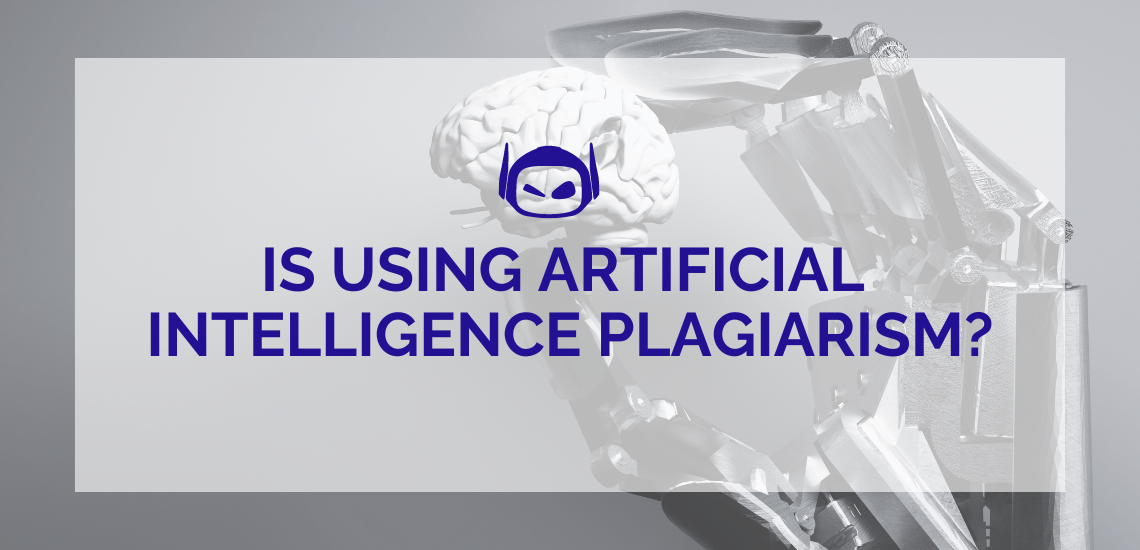
General Guide About Content and Writing
Artificial intelligence has revolutionized content creation. So many generative AI...
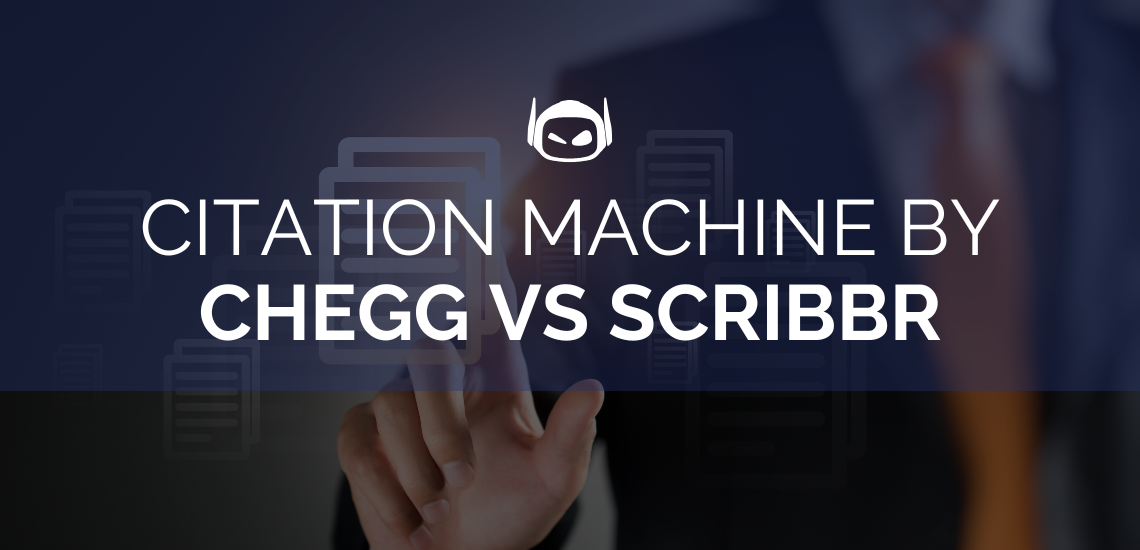
General Guide About Content and Writing
Citation machines are gold dust for any academic or student...
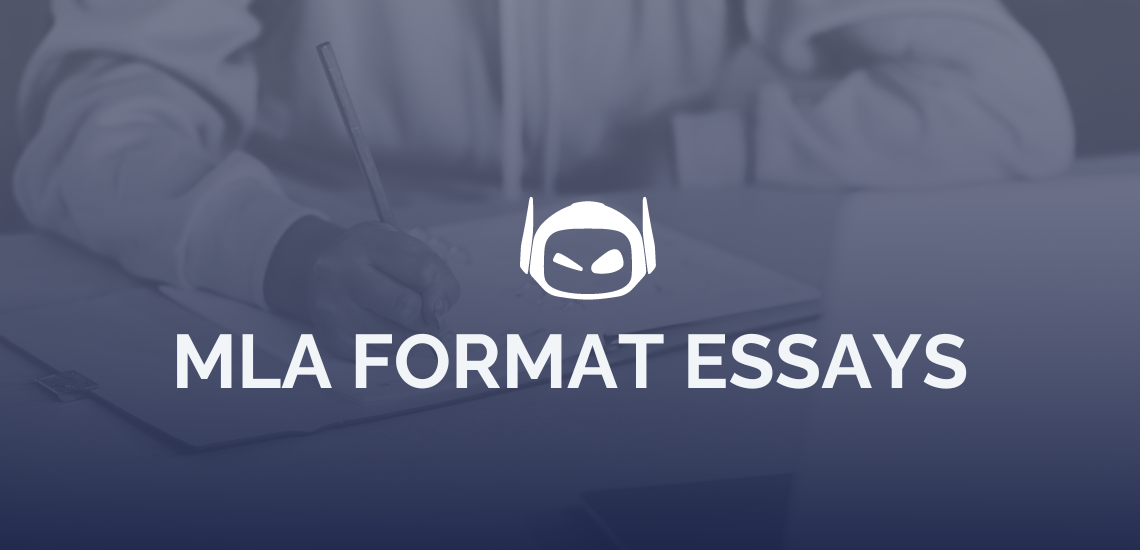
General Guide About Content and Writing
Schools are fond of following a specific format and writing...

When it comes to choosing the best AI writing tool...
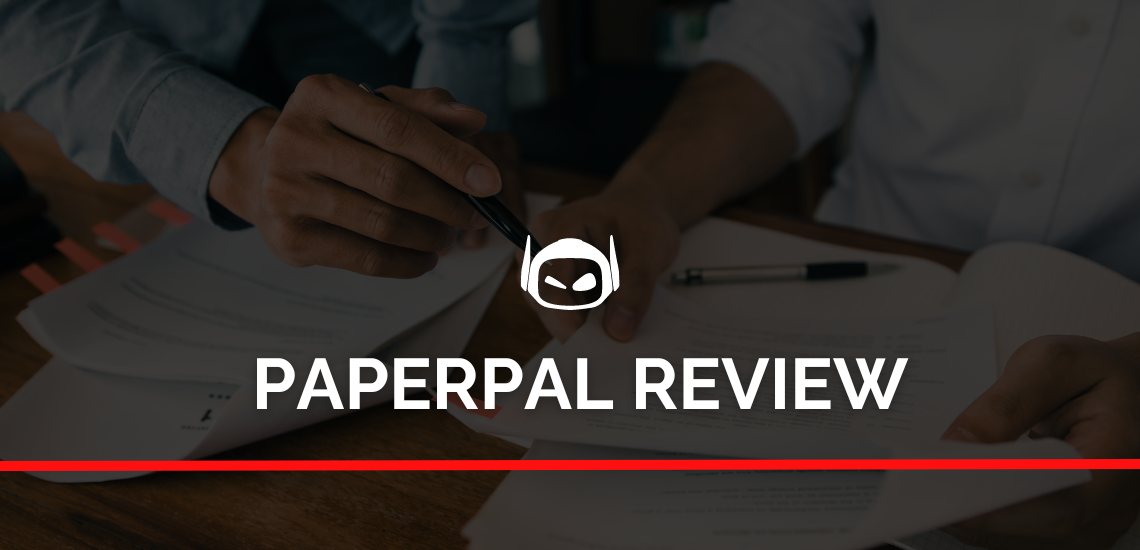
Do you want to know if Paperpal is the right...
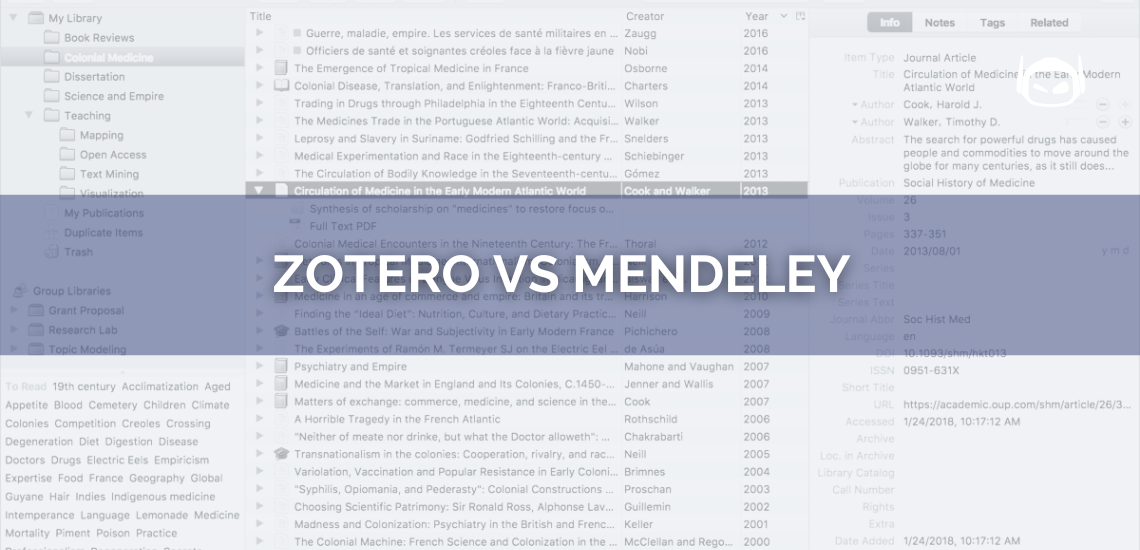
When it comes to reference management, Zotero and Mendeley stand...
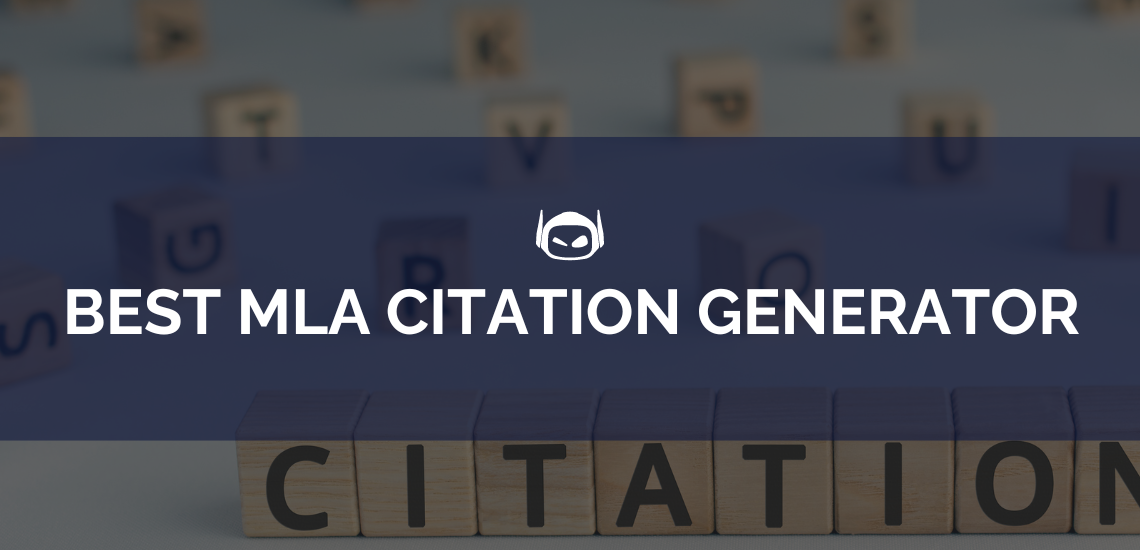
Do you need the best MLA citation generator to help...
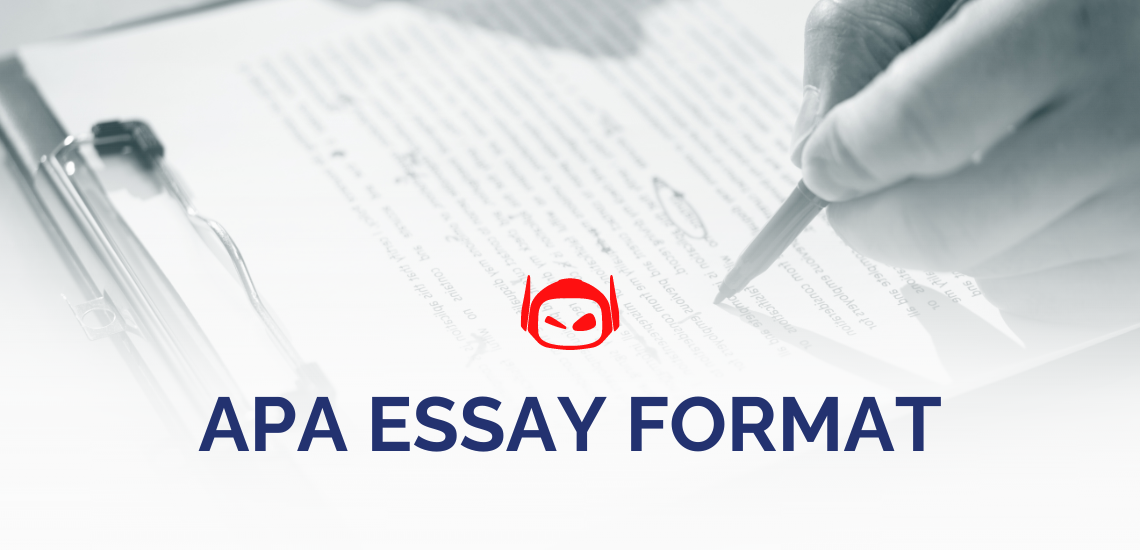
Step-by-Step Instructions for Writing
Do you need to write an APA essay but have...